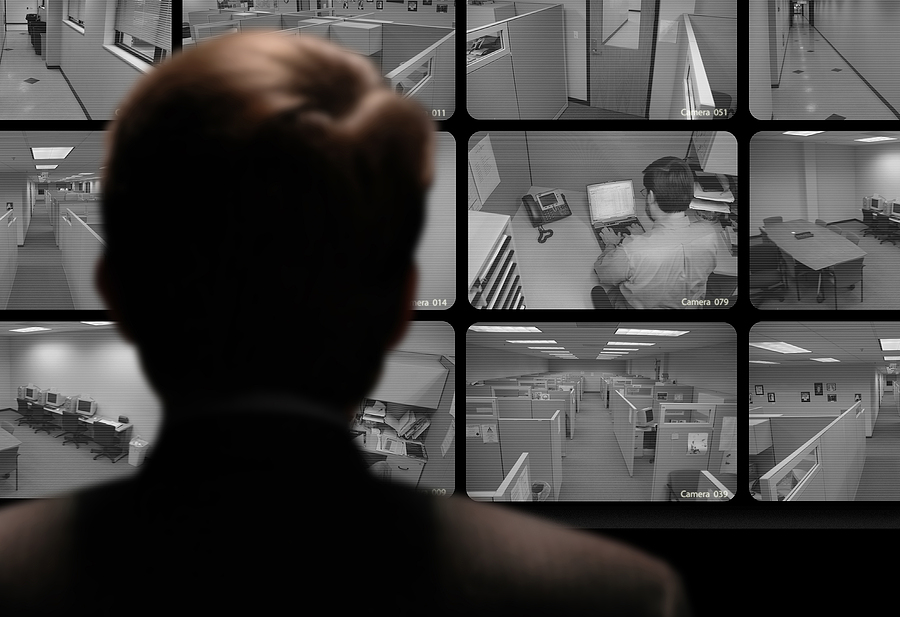Businesses have been using various employee monitoring techniques more frequently as a result of the growth of remote and hybrid work cultures. However, employee observation is not a novel concept. It has been in place for a while and entails procedures like GPS tracking, security camera use, and clock-in monitoring.
Is it permitted?
Table of Contents
It may be perfectly lawful in certain situations or it may cause issues in others. This necessitates a thorough comprehension of the state and national legislation pertaining to employee monitoring. This article will discuss the various facets of employee surveillance as well as the appropriateness of various observation techniques. We’ll also go over the key legal ramifications of employee monitoring and some preventative measures.
What Does Employee Monitoring Entail?
Before delving into the regulations governing certain Computer and workstation monitoring techniques, let us first discuss employee monitoring what it is and why businesses use it. The use of different surveillance and data collection techniques by an employer is known as employee monitoring. Keycards, biometrics, staff monitoring software, and other electronic monitoring techniques can be examples of this.
In an ExpressVPN poll, 78% of employers said they were okay with deploying employee surveillance software. The same survey also revealed that 59% of workers are still concerned about being watched, underscoring a deficiency in openness and clarity in communication. Now, you might be wondering why employers keep an eye on their staff members.
Why do businesses keep an eye on their workers?
The majority of businesses monitor their workers for two main reasons:
To increase worker concentration and productivity.
To monitor employee data use and sharing in order to guarantee data security.
Any monitoring program’s effectiveness is based on the approach and techniques a business uses.
Is employee surveillance permitted in the US?
Indeed, the majority of monitoring employees techniques are allowed in the US. Electronic employee communication monitoring is permitted for legitimate business purposes under the Electronic Communications Privacy Act (ECPA), a federal legislation that prohibits invasions of privacy. If one of the people involved has given permission after being informed in advance, you are also able to keep an eye on an electronic conversation. State laws must be taken into account, though, as some states demand the agreement of all parties involved.
In a similar vein, businesses can keep an eye on employee chats that are saved on company-owned equipment or cloud storage thanks to the Stored Communications Act. This covers email exchanges that are saved on a work computer. But before you monitor the private messages that are saved, like those on your employees’ social media accounts, you have to have their permission first.
Is employee surveillance permitted in Europe?
Yes, is the prompt response once more. In the European Union (EU), the majority of employee monitoring practices are permitted. But the requirements outlined in the GDPR (General Data Protection Regulation) must be followed by your monitoring policies. In addition to these legal requirements, the National Labor Relations Board mandates that before instituting monitoring techniques, employers must secure approval from the relevant employees’ union, if any.
The best ways to successfully use staff monitoring
After learning what is and isn’t legal, you may be asking yourself, “How do I implement employee monitoring the right way?” Even though it could all sound daunting, there are a few best practices you can adhere to to make this process go more quickly:
Constantly review the applicable laws
Before observing your staff, make sure you are aware of all applicable rules as they may differ between nations, states, and even counties when it comes to workplace and employee monitoring. This is especially crucial when putting monitoring procedures in place for a remote workforce that is spread out throughout the globe. This is due to the possibility of stricter workplace privacy-related regulations in this situation.
Ideally, seek legal advice from firms to make sure you’re abiding by the law. This is particularly crucial when a particular employment regulation changes and your policies need to be updated.
Be open and honest about everything
Although disclosing specific monitoring practices to your staff is not required, it is usually a good idea to be open and honest about them. It’s also advised that you get their written approval for the monitoring techniques you want to use at the time of employment.
Send a paper or digital message to your staff explaining what you’re tracking.
For what reason are you keeping track of it?
when it will be monitored by you.
They will be more understanding of the rationale behind your actions and more responsive as a result. Additionally, this will encourage equity in the workplace at your business.
Make use of tools that are user-friendly for employees
Using a transparent time tracking or monitoring software tool is another effective technique to execute staff monitoring. Steer clear of employee surveillance tools like background-running keyloggers that surreptitiously record employees. This may result in a decline in employee trust and expose you to legal problems.
Instead, give your staff the option to choose when they are being watched by using time tracking software like Controlio. By doing this, you automatically have their approval and avoid the problems that come with surreptitious monitoring.
Conclusion
Even though there are many different employee monitoring regulations, they all operate under the same fundamental tenet: you should always have a valid cause to keep an eye on your staff members and respect their right to privacy. Adhering to the relevant rules and all of the advice we’ve provided here will ensure that you have no trouble putting an efficient monitoring program in place at your business.
Image Source: BigStockPhoto.com (Licensed)
Related Categories: Work, Reviews








